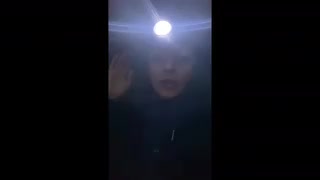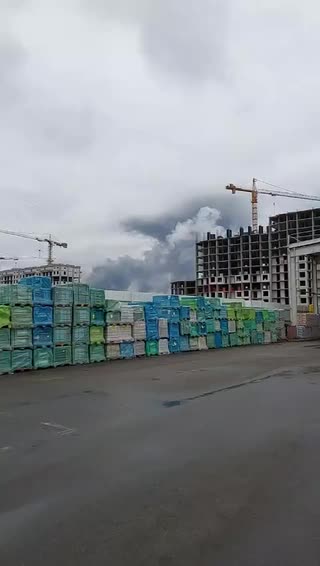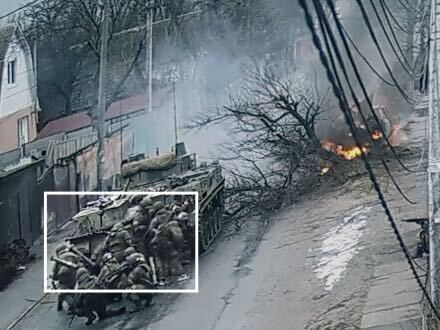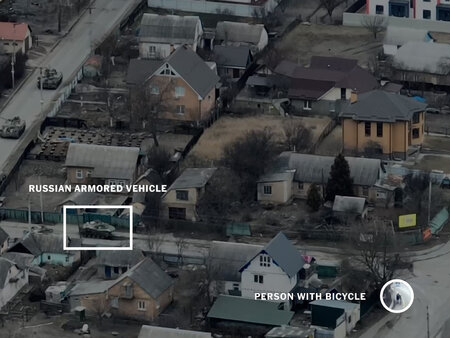Their Final Moments: Victims of a Russian Atrocity in Bucha
When the war in Ukraine began, neighbors and residents of Bucha decided to flee with their families, protect their loved ones and search for food.
Russian soldiers killed them for it.
Visual Investigations
Their Final Moments: Victims of a Russian Atrocity in Bucha
December 21, 2022
They were mothers, fathers, children and grandparents. Their lives became intertwined by a tragic fate: For weeks in March, their bodies would lie along a single street in Bucha.
The photographs of these victims, published widely after Bucha was liberated, became emblematic of the indiscriminate way Russia would wage war in towns and cities across the country.
Russian officials denied that their soldiers killed civilians in Bucha. They claimed that the images of the bodies were “fake”.

Our visual investigation identifies the Russian military unit responsible for many of the killings along Yablunska Street. Watch the video here.
The New York Times has identified 36 of the victims along Yablunska Street. We spoke to dozens of family members, friends and colleagues in Bucha to identify the people in the photographs — and used satellite imagery, cellphone videos, social media posts and text messages to retrace their final moments.
Their stories reveal how simple acts of survival — and a turn down a single street — put them in the path of their Russian killers.
The streets of Bucha were calm on the morning of March 3. Technicians were fixing downed power lines, and families were out buying groceries.
The quiet was punctured just before 1 p.m., when a convoy of Russian vehicles arrived on Yablunska Street.
Volodymyr Ruchkovskyi, 50

Volodymyr Ruchkovskyi needed to do one last thing before he could leave Bucha.
His father, who was staying behind, was without food and electricity, so he brought him groceries and said one last goodbye.
On the drive back, Volodymyr realized the Ukrainian checkpoint guards who had been stationed near his home since the start of the war were no longer there. The 50-year-old elevator technician and his partner, Olena, packed their bags, pulled out of the driveway and drove west.
Volodymyr didn’t know that the occupation of Bucha had just begun, or that he was now driving toward a convoy of Russian forces.
Just before 1 p.m., Russian soldiers shot at his car, forcing him to crash into a tree. Olena was unable to pull Volodymyr’s unconscious body out of the vehicle. She had no choice but to flee for her life.
Volodymyr’s family hoped that he may still be alive. But when they asked friends and neighbors to help in their search, no one could find him.
His burned remains were found inside the car weeks later.
Original | Translation


Facebook/Natalia Subacheva
New York Times reporters have translated text messages and social media posts into English.
Danger — and death — had arrived on Yablunska Street.
As Russian forces pushed on toward the capital, Kyiv, residents in Bucha took shelter in basements, becoming prisoners in their own homes.
Others decided to flee.
Mykhailo Hrabovliak, 52
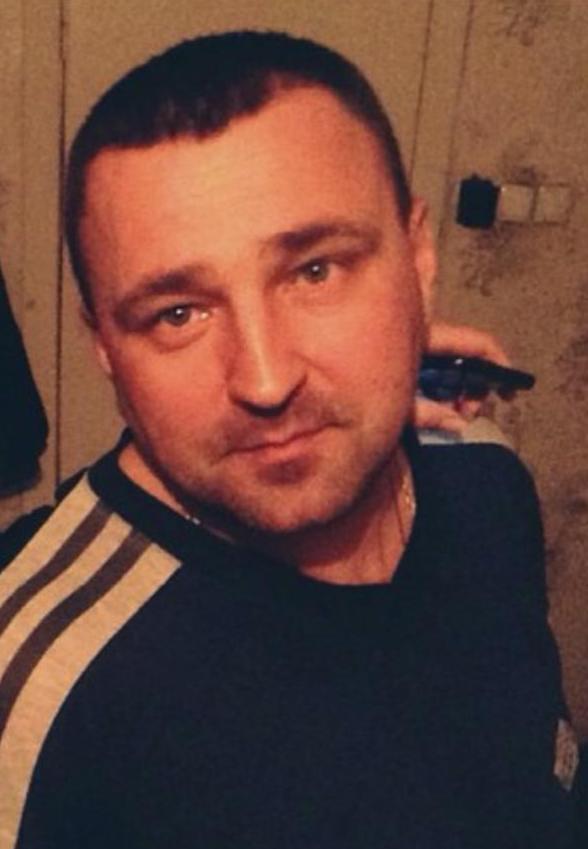
Mykhailo Hrabovliak and his family spent the first week of the war sleeping on mattresses in their cellar in Hostomel, a city neighboring Bucha.
When they heard the sound of Russian vehicles moving through their backyard, they decided to leave.
Hi all.
Live from the scene.
Our “basement.”
This is our ladder.
I don’t know if this message will go through.
This is our “apartment.” It’s V.I.P.
Food.
We are holding on. It will be OK.
A video filmed by Mykhailo Hrabovliak’s daughter Ivanna while sheltering near Bucha. Video by Ivanna Hrabovliak
On March 4, Mykhailo, his wife and their two young daughters packed their belongings into the back of their car and drove off. They picked up a friend along the way.
As he drove through Bucha, Mykhailo made a split-second decision to turn onto Yablunska Street.
Russian soldiers fired at their car. Nine-year-old Sasha was wounded in the arm and screaming in pain as the family dashed into a nearby bomb shelter.
Mykhailo never made it out of the car.
It would take days for Sasha to reach a hospital. Her arm had developed gangrene and was later amputated.
Zhanna Kameneva, 37
Anna Mishchenko, 14
Tamila Mishchenko, 52
Maria Ilchuk, 69


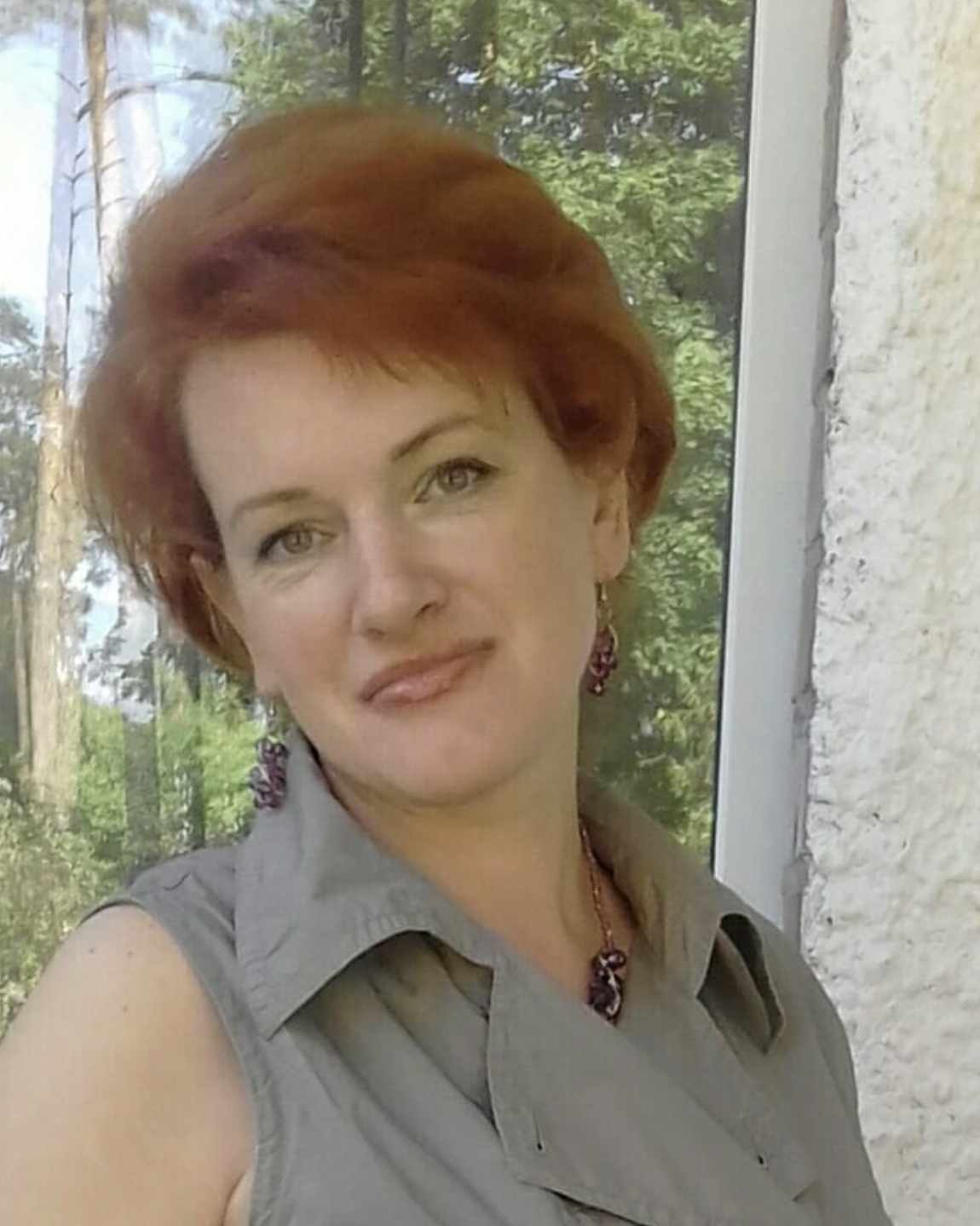

Zhanna Kameneva spent the first days of the war as a volunteer, evacuating residents from Bucha in her van. But as Russian forces moved closer, these missions were becoming risky. She decided to make one final trip on March 5.
As Zhanna was packing, her friend Tamila Mishchenko called. She was desperate to leave Bucha with her 14-year-old daughter, Anna. Zhanna told them to get ready — she would come pick them up. Within the hour, Zhanna and her 69-year old neighbor, Maria Ilchuk, were outside their door.
Zhanna took the same route she drove every day, turning onto Yablunska Street. Russian soldiers quickly opened fire, killing all four passengers. The van eventually burst into flames.
Maria’s daughter, Natalia, grew nervous when her mother stopped answering her calls. She called and texted Zhanna, but the number could not be reached. “Zhanna, are you OK? Is my mom OK?,” she texted.
The next day, Zhanna’s husband messaged her anxiously.
Original | Translation


Courtesy of Hennadiy Kamenev
She never texted back. Weeks later, investigators found Zhanna’s van with the remains of four bodies inside.

Photo provided by Bohdan Yavorskyi
Mykhailo Kovalenko, 61
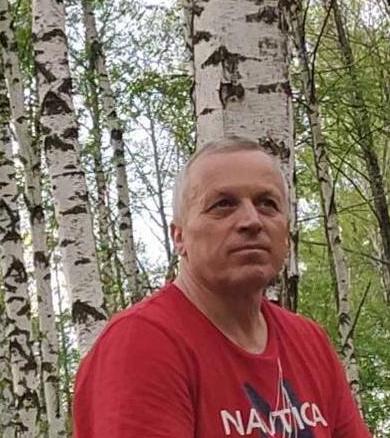
Mykhailo Kovalenko was trying to escape in his car with his wife and daughter when Russian soldiers started shooting at them.
He pressed on the brakes and stepped out with his hands in the air. But the shooting didn’t stop.
“He didn’t even have time to put his arms down,” his wife recalled. A bullet pierced her leg while she ran away with her daughter.
Later, investigators found a handwritten note in Mykhailo’s pocket. It was a list of phone numbers to call in case of emergency.
Taras Panimash, 49

Taras Panimash was a cobbler in Bucha. When the war started, he sent his mother to safety, and promised to follow her.
As he was leaving, Taras called his boss with an update: “I just passed the checkpoint. I’m good.”
It was the last time anyone heard from him.
Oleksandr Hutorovych, 46
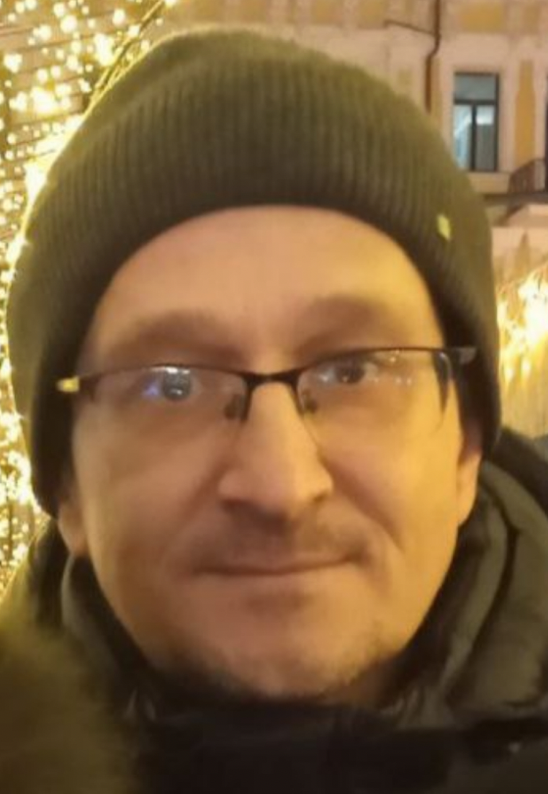
Oleksandr Hutorovych stayed in Bucha to help stock medical supplies, keeping in touch with his wife and children over Viber. He promised he would evacuate as soon as it was safe, sending his wife pictures of the violence happening around him.
Original | Translation
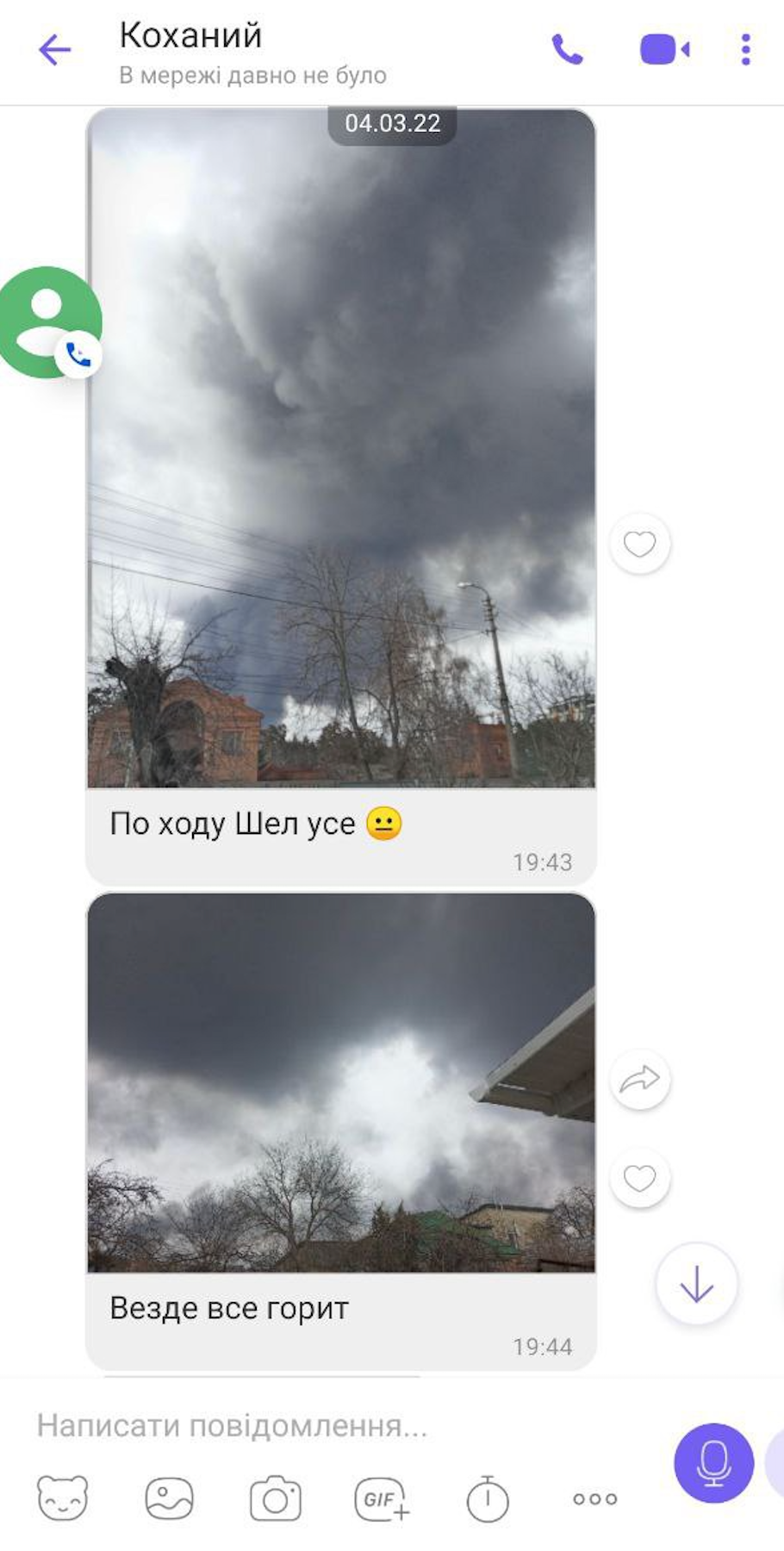

Courtesy of Olena Hutorovych
On March 11, Oleksandr’s wife sent him an evacuation schedule. He told her he had packed a backpack, preparing to leave. Three days later, the couple spoke for the last time.
Oleh Bilas, 55
Viacheslav Hordiichuk, 46


Oleh Bilas and Viacheslav Hordiichuk were taking shifts as security guards at a nearby glass factory when Russian soldiers arrived. They hid there for three days before trying to escape.
A day later, Viacheslav’s wife received a call: The two men had been killed as they fled.
Throughout the occupation, heat and electricity were out across Bucha, making it difficult to communicate.
Residents were forced to leave their homes to check on loved ones — an act of kindness that would cost them their lives.
Ihor Samchenko, 40

Ihor Samchenko was a family man who carried a photo of his mother.

A photo of Ihor Samchenko’s passport, with a picture of his mother, recovered with his body. Photo provided by Ukrainian investigators
While his wife and two children sheltered in a basement, he went to check on his mother-in-law.
When his family didn’t hear from him, they attributed it to the blackout. Eventually, his friends went to search for him, but they were stopped.
“Go back or we will shoot you,” a group of Russian soldiers said.
Ihor’s wife had no choice but to leave Bucha with her two children. As they were evacuating, they saw the unimaginable: Ihor’s body lying on Yablunska Street.
Investigators later found pieces of candy in Ihor’s jacket that he was carrying home to his children.
Family members said his mother-in-law died of a heart attack when she heard about his fate.
Pavlo Valko, 54

Olena and Pavlo Valko were celebrating their 33rd wedding anniversary when they saw Russian forces moving outside their window.
Pavlo immediately became concerned about his mother, who lived alone in a neighboring city.
“If something happens to my mother, how will I live with this?” he asked Olena before stepping out of his house for the last time.
Weeks passed and there was no word from Pavlo. Olena waited — holding onto the hope that she would see her husband again. She kept calling and texting him, even after the Russians were gone.
She messaged him one last time on April 5.
Original | Translation


Courtesy of Olena Valko
Oleksandr Kovalevskyi, 54

Oleksandr Kovalevskyi stepped out to find food for his family.
For days, his wife didn’t hear from him. She repeatedly called his phone.
After almost a week, Oleksandr’s wife and son left their shelter to go search for him. As they walked along Yablunska Street, they would see Oleksandr’s body lying just steps from their home.
A neighbor posted on a Telegram group for local residents, asking for help to move him.
Original | Translation


Telegram/Search For Relatives. Bucha Region
Oleksandr’s body would lie there for weeks.
Serhii Petrenko, 53
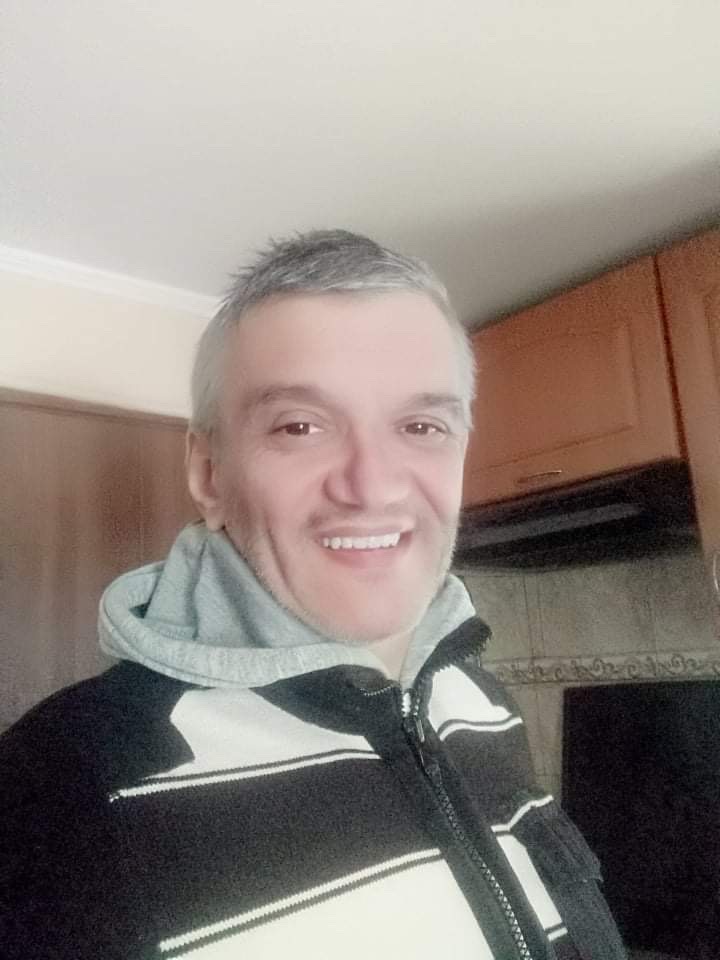
Serhii Petrenko stayed behind to look after his pets after insisting that his wife should flee Bucha.
When the 53-year old drug counselor heard volunteers were distributing humanitarian aid nearby, he set out to collect it.
He was shot and killed along the train tracks on Yablunska Street.
When his wife returned to Bucha weeks later, a stray dog followed her home. The dog reminded her of Serhii, so she kept it.
Vitalii Vynohradov, 47
Oleh Hryshchenko, 44


Vitalii Vynohradov worked as a dean at a seminary, and was described by his niece as “the soul of our family.”
When he failed to return from a trip to the supermarket with his friend, Oleh Hryshchenko, friends and family took to Telegram, pleading for information about the two missing men.
Original | Translation


Weeks later, Vitalii’s niece received a photo of two men lying side by side on Yablunska Street. She recognized her uncle’s hat. It was a gift from her grandmother.
Oleh Verba, 54
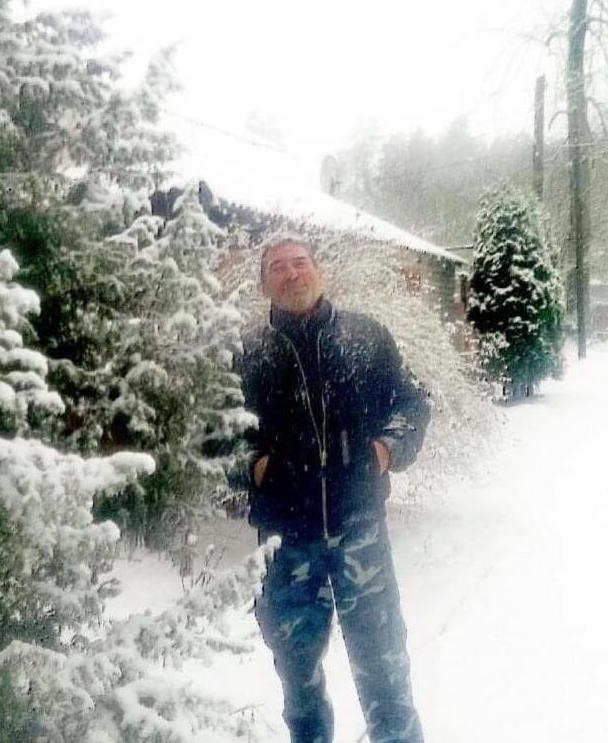
Oleh Verba was a 54-year-old guard at a construction site. He was killed after leaving home to get food. A bag of scattered potatoes was found in the street next to his body.
Yevhen Davydov, 44

Yevhen Davydov was determined to get his mother out of Bucha. He asked his wife to come with him on his moped, but she was too scared.
“Let’s not go, it’s dangerous,” Yevhen’s wife told him. “The Russians are there.”
His mother’s house was only five minutes away, but he never made it.
Along Yablunska Street, Russian soldiers started a clearance operation, searching house-to-house for men of fighting age who might pose a threat.
They undressed them and confiscated their cellphones.
Dmytro Chaplyhin, 20

Dmytro Chaplyhin, 20, was at his grandmother’s house as Russian soldiers moved in.
For days, Dmytro had been filming the war on his phone. He captured plumes from an explosion, and also filmed Russian troops near his home.
Dima, this is messed up.
The crows suddenly took off, and a plane flew over my head.
I was next to a woman, and I got scared shitless.
Video by Dmytro Chaplyhin
When Russian soldiers raided the house and found the videos, they dragged Dmytro away. His grandmother chased them, begging the soldiers to let him go. For days, she returned to their base, pleading for the soldiers to release her grandson.
She did not know that they had already executed him.
Andrii Dvornikov, 31
Anatolii Prykhidko, 38
Denys Rudenko, 37
Valerii Kotenko, 53
Sviatoslav Turovskyi, 35
Andrii Verbovyi, 55
Vitalii Karpenko, 28
Andrii Matviichuk, 37




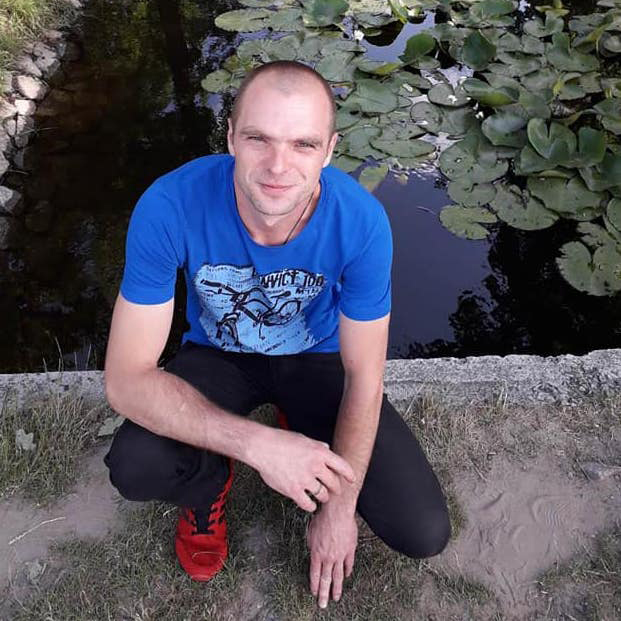



Denys Rudenko, Anatolii Prykhidko and Vitalii Karpenko were among eight men who signed up to guard a makeshift checkpoint — searching cars and patrolling the streets.

Vitalii Karpenko standing guard at a checkpoint on Yablunska Street. Facebook/Olena Volodymyrivna
When Russian vehicles approached, it was too late to run, so they decided to hide. A local resident, Valerii Kotenko, took them in.
Huddled in the hallway, Anatolii called his wife. “I can’t speak longer,” he whispered, while Russian forces were standing outside. “I’m afraid they will hear me.”
The next morning, Denys messaged his friend.
Original | Translation


Courtesy of Ivan Andriichuk
When Russian soldiers found the men, they marched them to their base to be executed. Another victim, Andrii Matviichuk, was already dead in the courtyard.
Over the next few days, wives and girlfriends grew desperate for answers.
Original | Translation
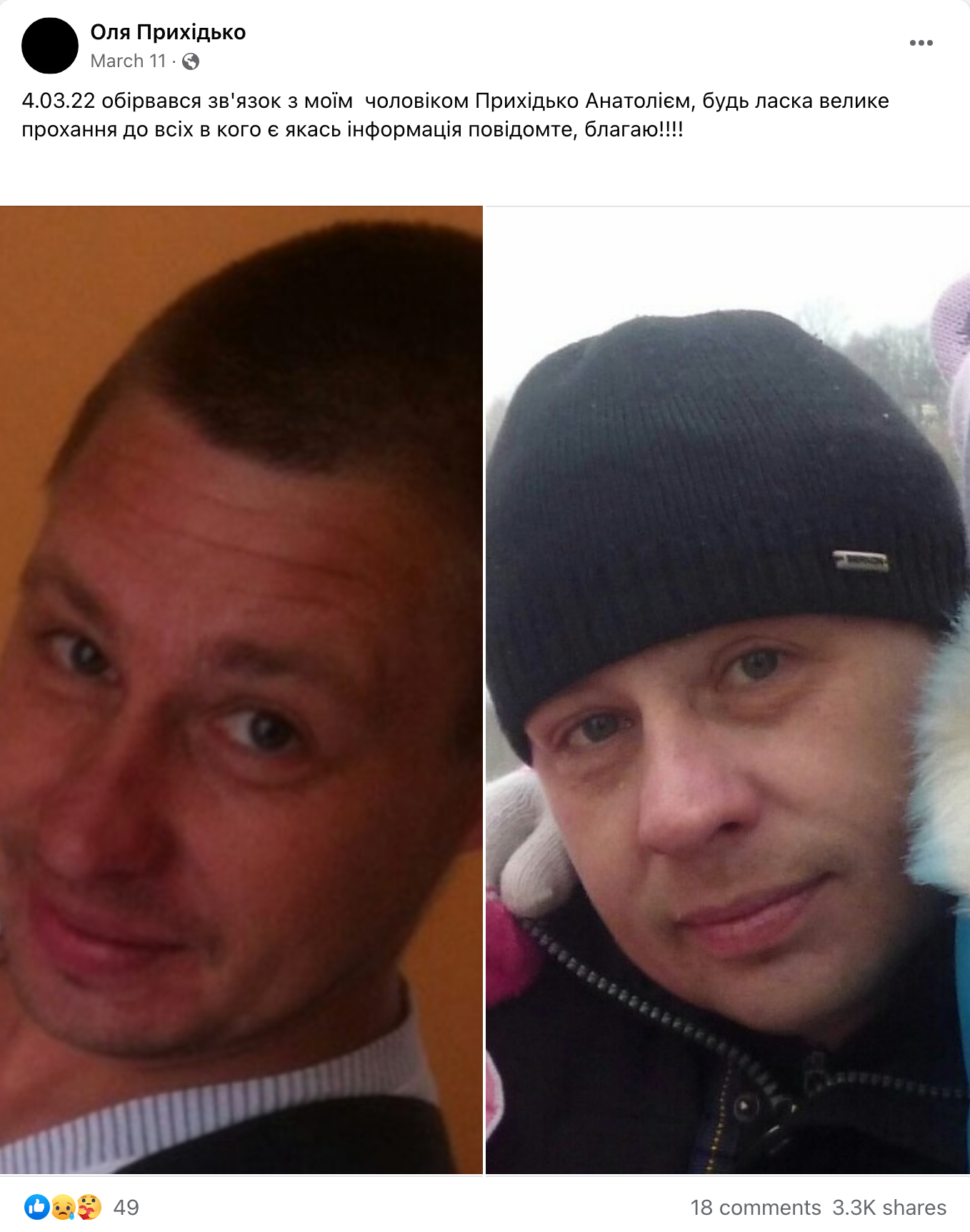

Facebook/Olha Prykhidko
In a photo posted on Facebook weeks later, one wife recognized her husband from a single item of clothing: his burgundy jacket.
Ihor Didkivskyi, 42

Ihor Didkivskyi was a construction worker, a father and a mixed martial arts fighter — so when Russian forces arrived in Bucha, he signed up to defend his community.
After he left home on March 5, Ihor’s friends and family never heard from him again.
When Russian forces reached a critical intersection on Yablunska Street, they attempted to secure it — aiming their armored vehicle’s barrel forward.
Anyone who crossed the street was a target.
Iryna Filkina, 52

Iryna Filkina spent the first nine nights of the war cooking for her colleagues and taking care of plants at the retail store where she worked. On March 5, she decided to bike home.
“Nothing will happen to me. I’m a woman,” she told her co-workers.
As soon as she turned a corner onto Yablunska Street, Russian soldiers shot and killed her.

A photo of Iryna Filkina’s employee badge recovered with her body. Photo provided by Ukrainian investigators
Oleh Abramov, 40

Iryna was killed just outside the Abramov home, where Oleh, a 40-year-old welder, was sheltering with his family.
Russian soldiers entered the house and separated Oleh from his wife. She pleaded with them to spare him, saying he was not in the military. But they didn’t listen.
Oleh was dragged into the street, undressed and executed. Seeing him lying in a puddle of his own blood, his wife begged the soldiers to kill her too.
“They were sitting in front of me, drinking water,” she said. “As if nothing had happened.”
Mykhailo Romaniuk, 57
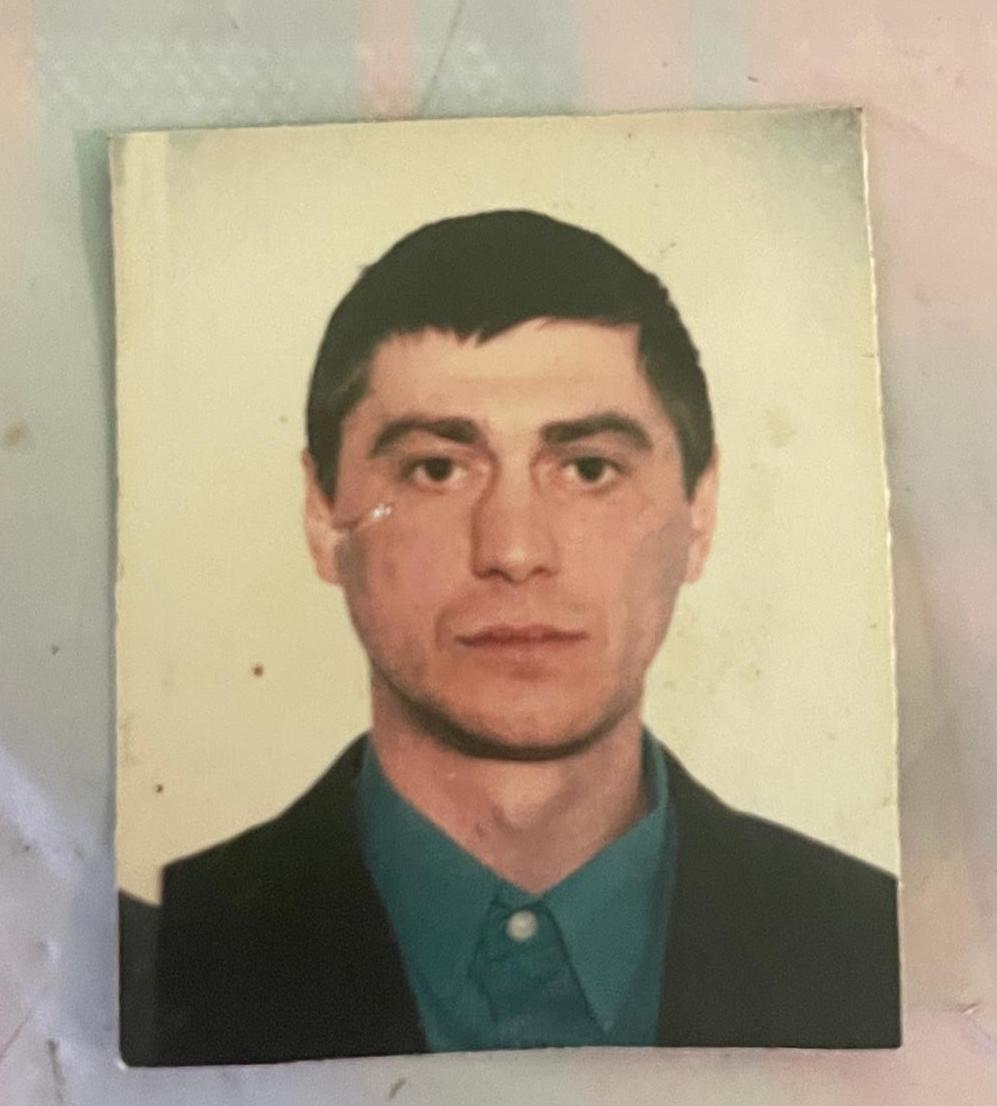
Mykhailo Romaniuk didn’t know the Russians were on the other side of the train tracks when he and a friend set out on their bikes to sign up to help guard their town.
As they approached Yablunska Street, there was a whistling sound, and Mykhailo collapsed to the ground. A bullet pierced his head.
Volodymyr Brovchenko, 68

Volodymyr Brovchenko, a 68-year-old father and security guard, was also riding his bike when he was killed.
A friend who described him as a second father discovered Volodymyr’s body. As he tried to pull Volodymyr off the street, he was shot in the shoulder and forced to run away.
Russian soldiers on Yablunska Street lived among the dead.
They continued their killing spree for weeks, seeking out residents where they were sheltering.
Oleksandr Chumak, 26
Dmytro Shkirenkov, 38
Maksym Kireev, 39



When the war started, Maksym Kireev’s girlfriend begged him to leave Bucha. But when Ukrainian forces blew up some of the bridges leading out of town to stall the Russian advance, he decided to stay.
Original | Translation
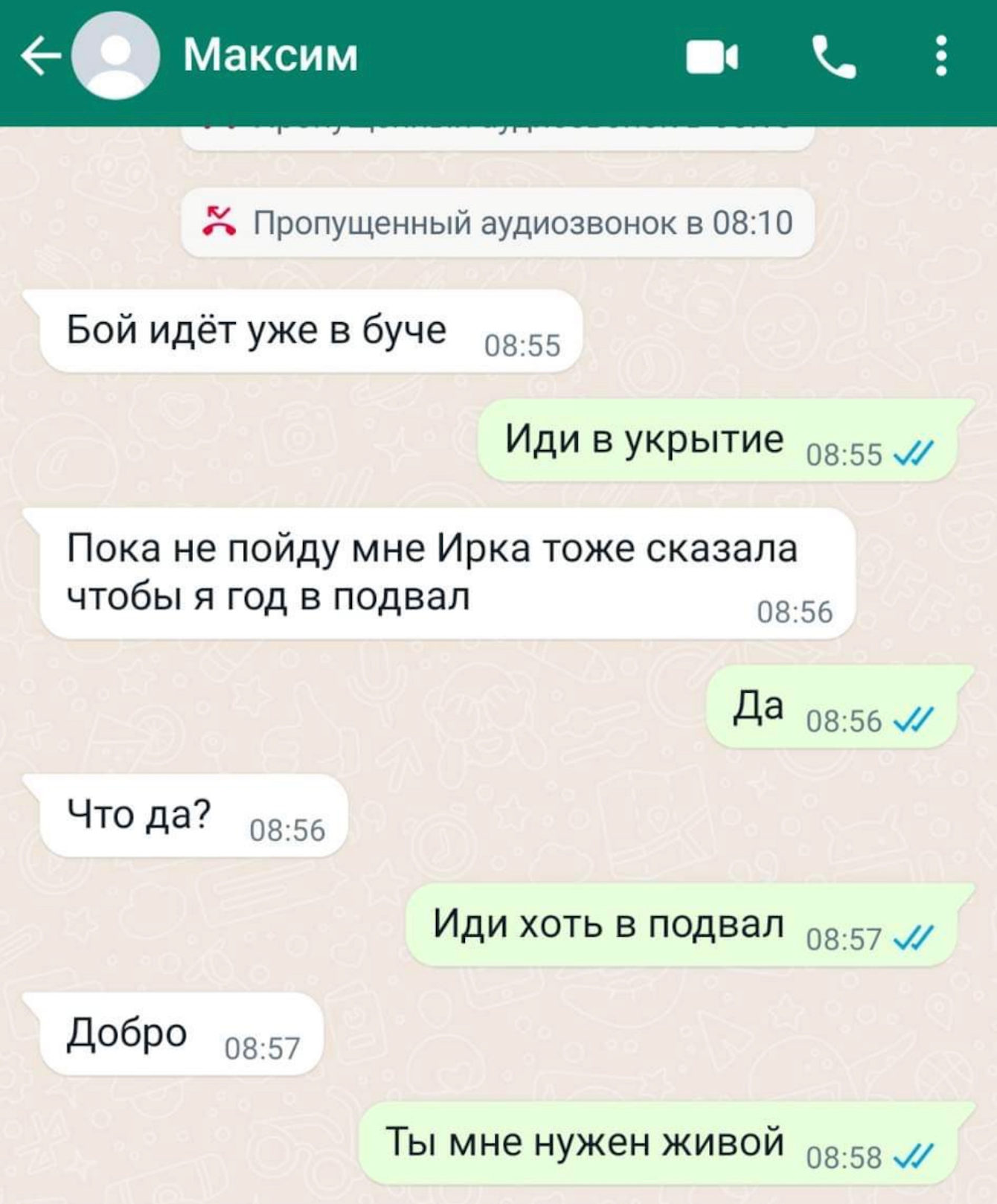

Courtesy of Valentyna Bytsenko
Maksym filmed the war unfolding around him, and shared the videos with his girlfriend and friends. They gave him the nickname, “Maksym the Fearless.”
This is the fucking shooting in Bucha.
They're shooting with assault rifles.
A video filmed by Maksym Kireev of explosions in Bucha on Feb. 27. Video by Maksym Kireev
Maksym had taken shelter with a fellow construction worker, Dmytro Shkirenkov. On March 16, Dmytro called his wife to wish her a happy birthday. He asked her to take care of their 13-year-old son.
When Russian soldiers found Maksym and Dmytro, they took them to a roundabout and killed them. A neighbor witnessed the executions from his attic.
They also killed Oleksandr Chumak — who stayed behind to defend the town — while his hands were tied behind his back. The day before, he had called to check on his pregnant wife.

A photo of Oleksandr Chumak and his wife, Anhelina, on their wedding day. Photo courtesy of Anhelina Chumak
Ten days later, Oleksandr’s wife gave birth to a baby girl.
The victims in this story are among the more than 400 Ukrainians killed in Bucha during Russia’s nearly monthlong occupation in March.
A Times review of dozens of death certificates of victims along Yablunska Street shows that a majority were killed by gunfire. In other cases, the bodies were so badly burned that forensic investigators could not determine their cause of death.

The death certificate for Mykhailo Romaniuk identifies the cause of death as “gun wound to the head.” Courtesy of Kateryna Romaniuk

The death certificate for Zhanna Kameneva says the cause of death could not be determined due to “severe burns to the body.” Courtesy of Hennadiy Kamenev
Russia’s bloody campaign against civilians wasn’t limited to Yablunska Street. Across town, residents were killed in courtyards, wells, garages and forests. Some were buried in makeshift graves in their own backyards.
Ukrainian law enforcement officials, grappling with the scale of the crimes, posted thousands of graphic images of the dead to a public Telegram channel, hoping families would identify and collect their loved ones.
Dozens of victims remain unidentified in Bucha, and neighboring towns and villages. Among them are four men who were photographed on Yablunska Street.
A man in a striped pink shirt was shot and killed between March 6 and 7.
A man wearing Under Armour pants was killed on or before March 25.
Another man wearing an “Echo Function” brand jacket was killed around March 20.
A man who was killed between March 17 and 18 was found with bullet wounds in his head and neck. He was carrying groceries.
PROJECT CREDITS
Reporting
Masha Froliak
Yousur Al-Hlou
Haley Willis
Design and Development
Aliza Aufrichtig
Rebecca Lieberman
Additional Reporting
Christoph Koettl
Oksana Nesterenko
Senior Producers
Hanaan Sarhan
Malachy Browne
Executive Producer
Mark Scheffler
Additional Video
Volodymyr Lisovskyi
Special Operation Forces of the Azov Battalion
Oleksii Zinevich
Serhii Mostipaka
Meduza
Yousur Al-Hlou
HOW WE REPORTED THIS
To identify the people killed along Yablunska Street in Bucha, New York Times reporters compiled a visual record of the victims from photos and videos taken along the street after Russian soldiers retreated from the town. Using drone footage and satellite imagery captured throughout March, we established when and where each person was killed.
We reviewed hundreds of pages of classified crime scene documents and morgue records, and analyzed thousands of graphic photographs posted by police to Telegram channels. We sifted through social media posts for missing persons and contacted their relatives. In addition, by matching the clothing worn by victims on Yablunska Street to local morgue records, we established the identity of 36 victims. In Bucha, we spoke to the family or friends of each victim, including survivors who were with them when they were killed. They shared with us details of their loved ones’ final moments.
We verified our findings with Bucha’s deputy mayor, Mykhailyna Skoryk-Shkarivska, along with Ukrainian law enforcement officials and the security service, the S.B.U.
